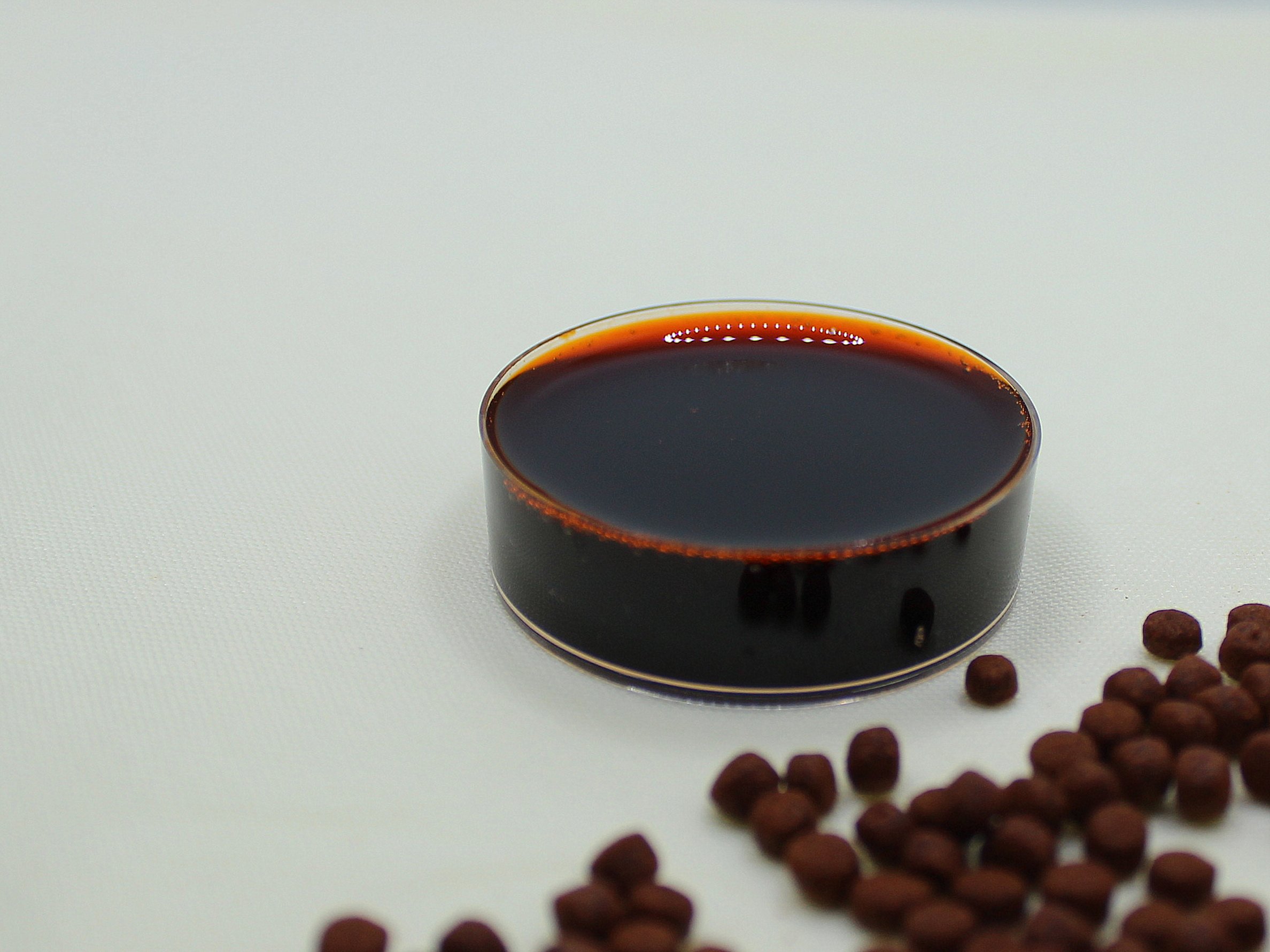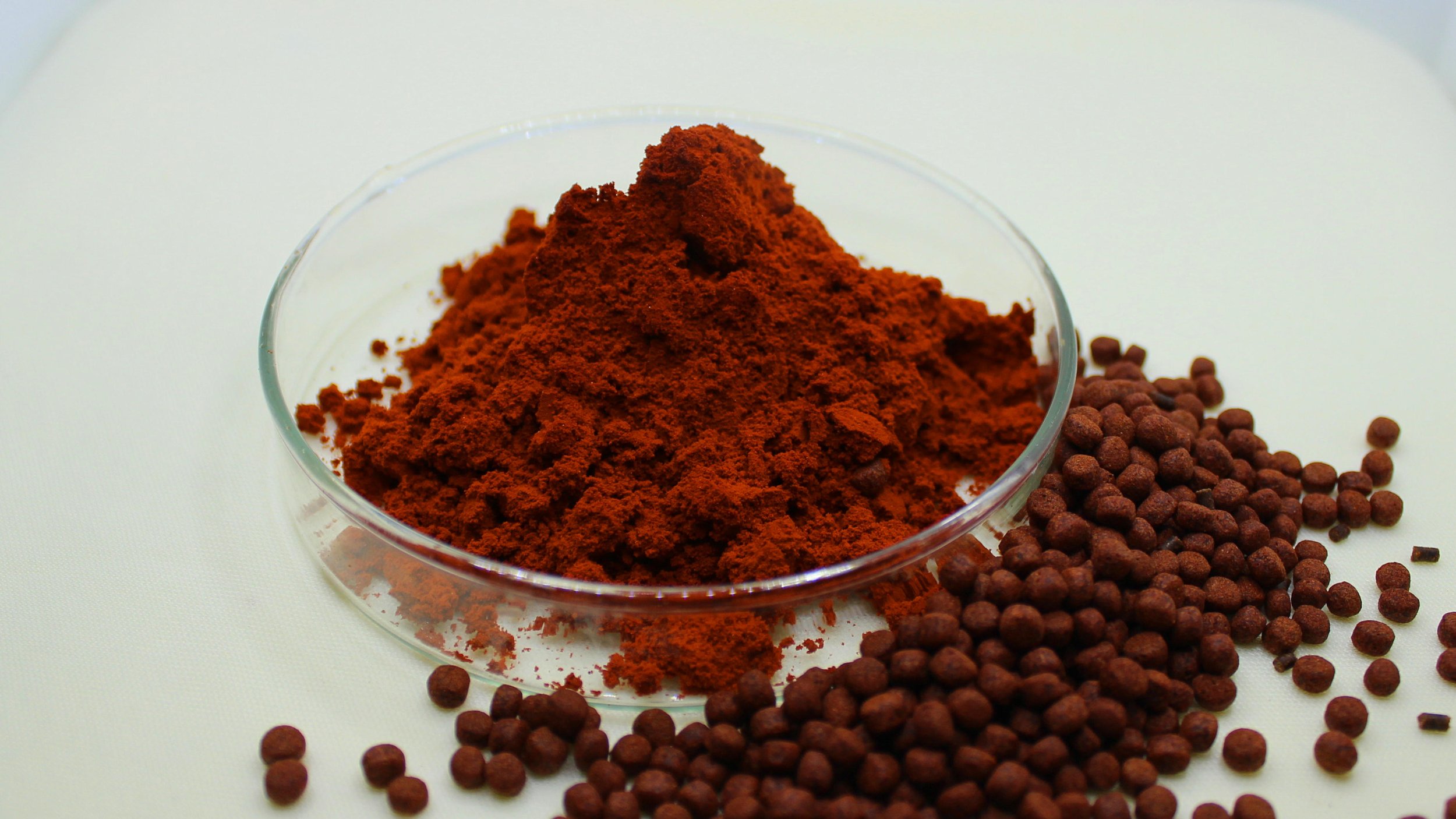
What is Astaxanthin
Astaxanthin is a keto-carotenoid, in the form of blood-red pigment produced naturally in the freshwater microalgae Heamatococcus pluvialis.
Astaxanthin is the most powerful antioxidant found in nature, which has many physiological functions in humans and animals. Haematococcus Pluvialis is a concentrated form of natural astaxanthin, which has a more stable structure and stronger bioactivity.
It can be found in wild salmon and Antarctic krill as well, which draw power and energy from this red substance, to survive and thrive in extremely cold water.
Benefits of Astaxanthin
-
Astaxathin helps to increase antibody production, leading to both faster and more effective immune response to various types of health conditions
-
Astaxanthin has been found in studies to promote and protect brain function with age, primarily via improving blood flow through the brain due to its antioxidant qualities
-
Astaxanthin contributes to skin health primary through limiting oxidative stress, heling to limit wrinkling while also improving overall skin health
-
Astaxanthin can help to reduce eye fatigue from screens, as well as reduce inflammation that can lead to more serious infections
-
The improved circulation provided through the oxidative and anti-inflammatory properties of astaxanthin help to maintain a smooth flowing and well-functioning cardiovascular system
-
As the strongest natural antioxidant, astaxanthin can help reduce the risk of various types of problems associated with inflammation of the digestive track
-
Astaxantin’s strong anti-inflammatory properties help to limit lactic acid buildup, thereby speeding and improving muscle recovery

Different forms for excellent performance

Various applications for broad impact


